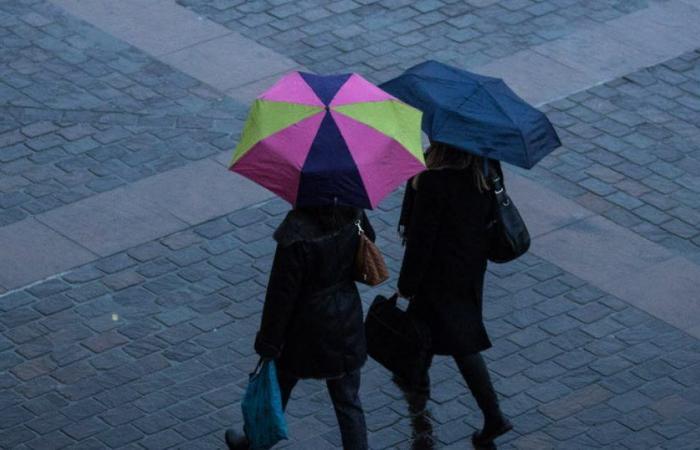The situation of French water tables continued to improve in May under the effect of the rains and is generally in a “very satisfactory” state, with the exception of a few regions, suggesting “a summer period less difficult than last year”. last”, announced the BRGM this Friday.
Low level in Corsica and Pyrénées-Orientales
As of June 1, 70% of France’s water tables had levels above normal, compared to 65% a month earlier. Only 19% (compared to 22%) remain at unsatisfactory levels.
“The situation is more favorable than that observed last year, in April 2023, when 66% of levels were below monthly normals,” notes the Bureau of Geological and Mining Research (BRGM) in a bulletin. Only the aquifers of the Pyrénées-Orientales and Corsica maintain lower levels than in May 2023, specifies the BRGM.
This “very satisfactory” state over a large part of the territory is due to a “very excess” recharge in the winter of 2023-2024 which lasted until May while the rain continued to fall, feeding the aquifers traditionally in phase drainage at this time when vegetation absorbs a large part of the precipitation.
Exceptional rain
According to Météo-France, the meteorological spring (March-April-May) was “the rainiest since 2008”, “with an anomaly of +45%” of precipitation, and May was the rainiest month since 2013 The latest rains have made it possible to improve the situation of certain inertial aquifers, whose infiltration time is longer, particularly in the Rhône corridor and in the west and south of the Paris basin.
On the more reactive aquifers, the situation is “very satisfactory”, most of them presenting “moderately high to very high” levels. Recharging continued in May in the wetted areas, from eastern Languedoc to the Armorican massif. On the other hand, the situation has deteriorated a little on the aquifers of the Alps and Provence. In Corsica, levels remain heterogeneous, close to or above normal in the west but “low to very low” in the eastern part.
Black dot
The big black spot remains the Corbières massif and the Roussillon plain where the few precipitations that fell in April and then May “did not make it possible to compensate for the deficits” accumulated by two years of drought.
Across France as a whole, “the end of the recharge period should become widespread in June unless new rainfall totals are recorded”, notes the BRGM, which however considers that the current situation “suggests levels above normal over the next few weeks.
For the summer, despite expectations of higher than normal temperatures across the entire territory, the country could experience “a less difficult summer period than last year” where two thirds of the departments were still on red drought alert in October, predicts the public body. However, he calls for “vigilance” on the levels of groundwater withdrawals and concerning the regions of Roussillon, Aude and northern Corsica which could remain strained on water supplies.






